Calling the Circle
Wherever our ancestors lived, they gathered in circles around a fire. Through the years we’ve gathered in circles in various ways such as quilting, for prayer, women’s consciousness raising, for self-help and for honouring the changing seasons.
A poem by Danusha Lameris, “Small Kindnesses,” includes a reminder of how much we’re missing without the circle around the fire:
We have so little of each other, now. So far
from tribe and fire.
I began offering women’s writing circles in 1997 as a way to be together with our stories, each having an opportunity to be seen and heard. My motto when I began was: “Be seen. Be heard. Be amazed at what comes out of the stillness.”
In the writing circles I offer, we are a community, creating and celebrating in a form of ceremony that awakens and honours our own spirits and the seasons including the seasons of our lives. Now that September is approaching, it’s time to call the circle again, gathering women for sox-week circles to begin in person in Nanaimo on Wednesday, September 8 and via Zoom on Thursday, September 9. (I’ve included info about both circles at the end of this blog.)
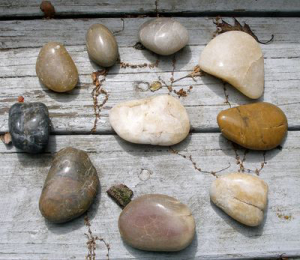 “I’ve always wanted to write but I don’t know where to start,” someone may say. “I don’t call myself a writer but I keep a journal,” someone else may say. All may have a longing for a place to be heard. In the Writing Life circle you are supported by guidelines that offer a structure to explore within, as well as by one another. You can honour and give voice to your longings and dive into the stories waiting to be told. Our stories, written and shared in the circle, take us into the realm of the sacred.
“I’ve always wanted to write but I don’t know where to start,” someone may say. “I don’t call myself a writer but I keep a journal,” someone else may say. All may have a longing for a place to be heard. In the Writing Life circle you are supported by guidelines that offer a structure to explore within, as well as by one another. You can honour and give voice to your longings and dive into the stories waiting to be told. Our stories, written and shared in the circle, take us into the realm of the sacred.
We are engaging in the ancient wisdom of the circle in a modern application. As Matthew Fox said in his book Creativity: “The building of strong souls and strong communities requires strong rituals – occasions that both link us to our ancestors and that speak in a language that is fresh and challenging.”
While there are many components to the circle such as connection, communication, compassion and curiosity, I’ve narrowed them down to ten.
The Ten Components of the Circle
Container
Writing is a ceremony. Ceremonies are meaning containers.
Gail Sher, The Intuitive Writer
The circle is a container, with a structure and circle agreements. As there is structure in a story, there is structure in the circle where we learn to stretch ourselves and also learn to pause. It is a simple yet powerful way to honour ourselves.
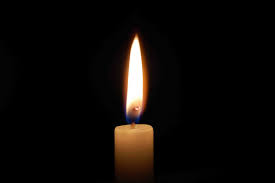 Ceremony
Ceremony
The candle is lit. Some sage may have been burned to clear the space. This holy smoke is an element of most spiritual practices of the world. The poetry and prose we create together defines our longing and creates a ceremony of stillness and consciousness.
Conversation
For all creativity is communication; it is the utmost in communication, the telling of our story, our hearts, our truth, our inner wisdom, our search for beauty, and our telling of pain.
Matthew Fox, Creativity
We live in a noisy era where the levels of sound increase as the needs of people to be heard become desperate. In the circle we sit down and listen with an intentional conversation.
Composting
What we may see as scraps for the compost pile can becoming nourishing for the soil/soul. The ideas percolate for awhile and as various elements come into assist them such as the support of others in the circle, sparkling imaginings can result. Out of the daydreams, are ideas for your own stories from life.
Calling the Circle
When I put the word out about a new writing circle, I don’t think of “marketing” but rather calling people back to the circle. “A circle is not just a meeting with the chairs rearranged. It is a return to an original form of human community, as well as a leap forward to create a new form of community,” Christina Baldwin says in Calling the Circle. “Calling the circle is a declaration of readiness to link where we came from, where we are, and where we may go.”
Coming Home
I read Christina Baldwin’s book on journaling, One to One, in the 1970s and went on to read her other books on journaling and on the circle. She is a pioneer in journaling and circle work. “I want to come home to the earth again,” she wrote. Simply sitting and listening to ourselves and one another can bring us home.
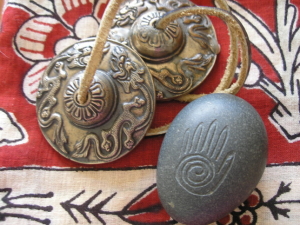 Centre
Centre
The centre of the circle where I’ve placed a candle, a talking piece, and the ting sha to ring our beginning represents the great good or great spirit. As we look to the centre of ourselves, we look to the centre of the circle for strength, guidance and wisdom. The centre of the circle is like the centre of the medicine wheel, a cauldron full of possibilities.
Creativity
“The Celtic imagination loved the circle,” John O’Donohue said. “It recognized how the rhythm of experience, nature, and divinity followed a circular pattern.” The circle is a place to get in touch with all the ways in which we are creative, to remember the joy we experienced from planting a garden or creating a collage of sticks and stones on the beach or by picking up a musical instrument. In the circle we may do some collage, take a walk to loosen the ideas, create paint chip poems or a group poem, and read a poem together one line at a time.
I like what Flora Bowley says in her book The Art of Aliveness: “Now, more than ever, applying the philosophies of the creative process to our lives and to our world is not only helpful, it’s vital.”
Community
Ideally, community is a place where we can meet with others wholeheartedly to celebrate our sameness and our differences. It’s a place where we get to live up to our full potential and are supported for it. In the circle we create a community where we learn what it’s like to be all we can be and we take those experiences into creating healthy communities in our neighbourhoods and workplaces.
Celebration
How wonderful it is to celebrate together as each woman is honoured and each rite of passage is acknowledged. “Won’t you celebrate with me,” Lucille Clifton said in her poem with that title.
won’t you celebrate with me
what i have shaped into
a kind of life? i had no model.
born in babylon
both nonwhite and woman
what did i see to be except myself?
i made it up
here on this bridge between
starshine and clay,
my one hand holding tight
my other hand; come celebrate
with me that everyday
something has tried to kill me
and has failed.
I look forward to gathering in the circle in Nanaimo as well as on Zoom with women who are further away. “Keep holding the hearth – these sometimes nearly invisible islands of calm and circle and feminine energy are the soul portals of the world at this chaotic and dangerous time,” Christina Baldwin wrote to me many years ago. How accurate those words are for us today.
There is a fire of welcome in my Nanaimo living room, although not a literal one, as well as on Zoom where we can see and hear one another to keep the embers glowing. It can become a sacred place.
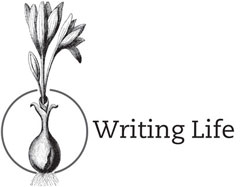 Writing Life women’s writing circles
Writing Life women’s writing circles
Nourish Yourself. Honour Your Voice. Write Your Stories.
Writing Life women’s writing circle in person in Nanaimo
Theme: Where Many Streams Meet
In the Writing Life women’s writing circle, you will find your voice and trust it as you’ll learn to trust the people on the journey with you. You’re not alone. Sing your song and dance your truth as you realize your stories as a place where many streams meet. Notes and handouts will be sent to those who happen to miss a week.
Wednesday, September 8 to Wednesday, October 13, 2021 from 10 a.m. to 12:30 p.m.
(six Wednesday mornings)
+ a Writing Life salon for sharing your work from the six-week writing circle on Wednesday, October 20
Fee: $270 payable by cheque or e-transfer
You can be in touch with questions or to save you a space in the circle by emailing me at creativity@maryannmoore.ca.
Writing Life women’s writing circle via Zoom
Theme: Where Many Streams Meet
In the Writing Life women’s writing circle, you will find your voice and trust it as you’ll learn to trust the people on the journey with you. You’re not alone. Sing your song and dance your truth as you realize your stories as a place where many streams meet. Handouts will be sent via email before each weekly circle. Notes will be sent to those who happen to miss a week.
Thursday, September 9 to Thursday, October 14, 2021 from 10 a.m. to 12:30 p.m. Pacific time
(six Wednesday mornings)
+ a Writing Life salon for sharing your work from the six-week writing circle on Thursday, October 21
Fee: $270 payable by cheque or e-transfer
You can be in touch with questions or to save you a space in the circle by emailing me at creativity@maryannmoore.ca.

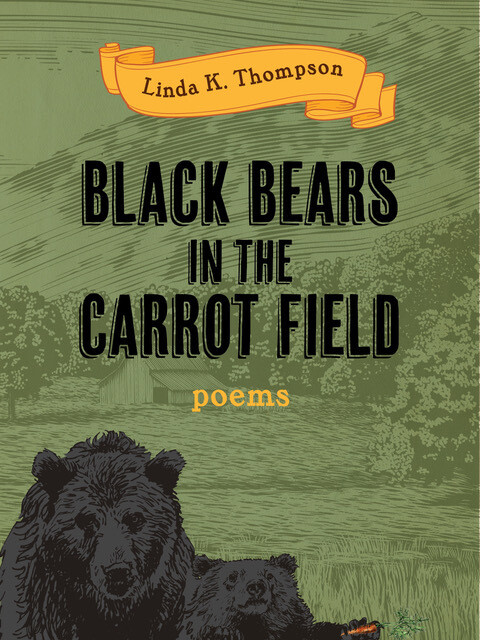
 Patrick’s fellow poet in love and in life, Lorna Crozier, has been our teacher at retreats in recent years and Linda thanks Lorna for her “midnight ‘poetry intervention’ — shoring up my spirits when I might have stalled along the rocky road to publication.”
Patrick’s fellow poet in love and in life, Lorna Crozier, has been our teacher at retreats in recent years and Linda thanks Lorna for her “midnight ‘poetry intervention’ — shoring up my spirits when I might have stalled along the rocky road to publication.”